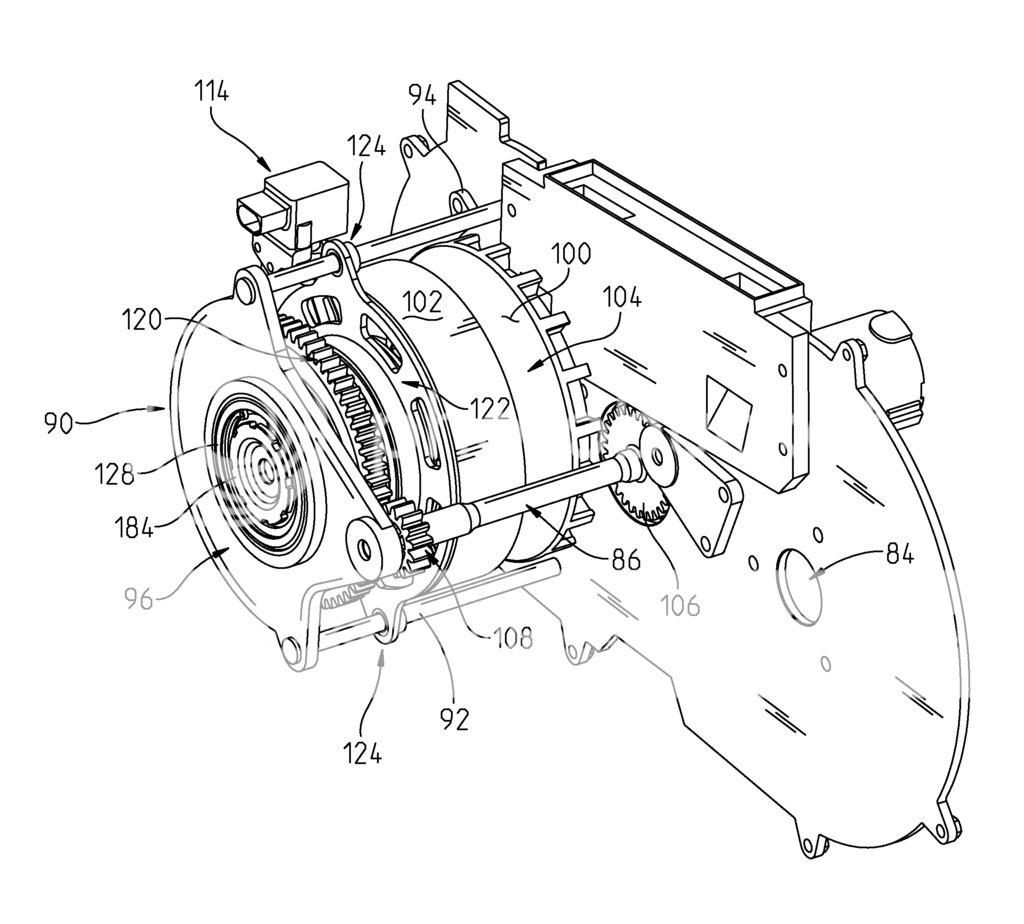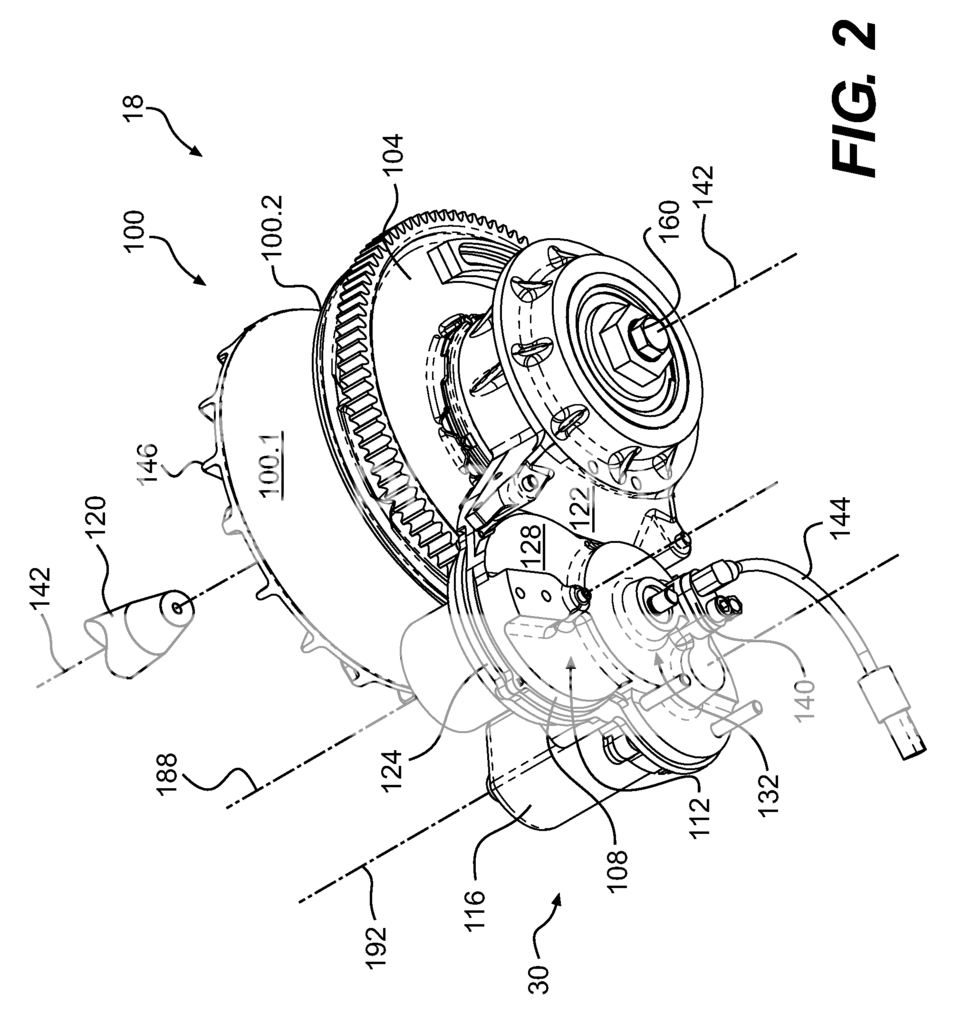While a manual transmission with a clutch pedal, and shifter in the center console would be cool it is not very likely. The need to use a clutch and shifter would limit the target market, and potentially hinder sales. It is more likely that UTV manufacturer’s move to a selectable or "shiftable" CVT transmission. If you do a little digging into patents and who owns them you will find that Yamaha is not alone in this idea. Polaris Industries filed for a patent on Feb. 17, 2012 for an Electronically Controlled CVT Primary Clutch. The basic description of this is as follows:
"A continuously variable transmission (CVT) is provided for use on a recreational or utility vehicle. The CVT is electronically controlled by a control unit of the vehicle. The CVT includes a primary clutch having a first sheave and a second sheave moveable relative to the first sheave. An actuator may be positioned between the primary and secondary clutches."
Basically it is an electronically controlled, starter motor driven, screw drive moving outer sheave. The starter motor is mounted to the outer sheave half and operates a moving sheave assembly controlled by an electronic system with what appears to be a "manual" mode. This would allow the operator the ability to selectively choose where the belt rides in the sheave at assumed pre-programmed positions, or "gears".
So, it would appear that Polaris has what they need already to drop the next bomb, and potentially compete in the "shifter" market, but wait… that’s not all! CV-Tech filed for a patent on Dec. 22, 2010 for a similar design!
If we look at CV-Tech’s patent we can see that it is again an electronically controlled starter motor that moves the outer sheave half to control shiftout. There basic description is as follows:
"Is provided herein a torque-limiting electronically controlled CVT comprising a drive portion having a drive pulley including two opposed sheaves adapted to be actuated with an electric motor to set a transmission ratio between an engine and a ground contacting rotating member of a vehicle, an input module adapted to receive a signal indicative of whether a ground-contacting rotating member is airborne, a processing module adapted to determine a desired CVT ratio, and an output module adapted to actuate the electric motor to obtain the desired CVT ratio to match the circumferential velocity of the vehicle’s airborne ground-contacting rotating member with the speed of the vehicle in order to limit a mechanical peak torque sustained by a drive system of the vehicle. Also provided hereby is a vehicle equipped with the CVT, a kit including such a CVT and a method of managing the CVT to limit the mechanical peak torque sustained by a drive train of a vehicle."
So, what do you think? Afraid that you are still going to have repeated belt failures still with a traditional type belt we are currently using? With the ability to electronically control the sheaves position these systems will be able to properly match sheave position to correct wheel speed to match approximate ground speed! Think about that. The vehicle will sense the change in rotational wheel speed vs. ground speed and actually correct to keep from creating an abrupt impact on the belt… How about taking it a step further. Since this system is electronically controlled will that mean that we can "alter" mapping to increase or decrease shift points? Create more effective gears or less when needed? Our opinion is that these systems will eventually offer infinite adjust-ability of shift points and give that control back to the user, but still have a selectable "auto" mode to sell to the masses.
Opinions?
Want more info on the patents?
CV-Tech Patent:
US 8682549 B2
Polaris Patent:
US 8534413 B2
Nate
Alba Racing


